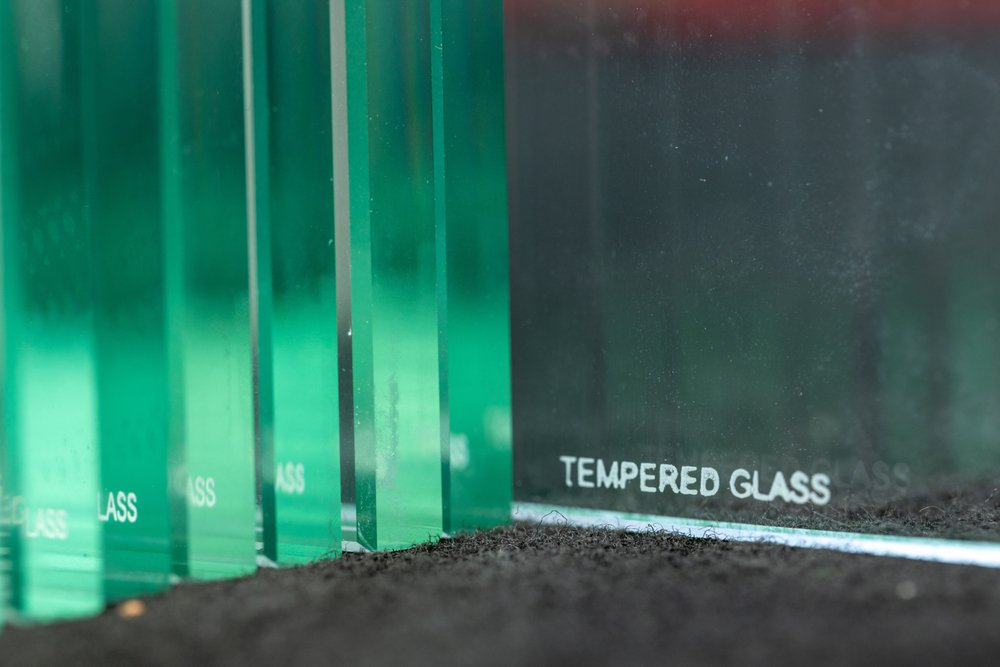The integration of recycling into glass manufacturing has become a cornerstone of sustainable innovation. By incorporating recycled glass, also known as cullet, into production processes, manufacturers can dramatically reduce waste, conserve energy, and cut emissions. This approach not only benefits the environment but also enhances operational efficiency.
Understanding the Role of Cullet in Glass Production
Cullet plays a pivotal role in transforming glass manufacturing into a more sustainable process. By incorporating cullet, manufacturers reduce their reliance on raw materials, leading to significant conservation of natural resources. Beyond this, cullet’s lower melting temperature compared to raw materials results in substantial energy savings. Studies suggest that the use of cullet can reduce energy consumption significantly, translating to lower greenhouse gas emissions and a smaller carbon footprint.
Moreover, cullet contributes to the circular economy by ensuring that glass waste is recycled instead of ending up in landfills. The ability to recycle glass infinitely without losing quality makes it an invaluable resource in the drive toward sustainable production practices. This efficiency makes cullet an essential component in combating climate change. Manufacturers who prioritize the use of recycled glass in their production cycles position themselves as leaders in sustainability while benefiting from reduced operational costs.

Logistical Challenges in Collecting and Processing Recycled Glass
While the benefits of cullet are clear, its collection and processing come with logistical hurdles that manufacturers must address. Common challenges include:
- Contamination: Recycled glass often contains impurities, such as labels, metals, or ceramics, which compromise the quality of the cullet.
- Transportation Costs: The expense of transporting cullet from collection sites to manufacturing facilities can be prohibitive, particularly over long distances.
- Inconsistent Supply: Fluctuations in the availability of cullet can disrupt production schedules and lead to increased costs.
Addressing these challenges requires a multifaceted approach. Manufacturers can implement advanced recycling technologies, such as robotic sorting systems, which ensure higher purity levels by precisely identifying and removing contaminants. Investments in infrastructure, like regional processing hubs, can also mitigate transportation costs and create a streamlined supply chain.
To overcome these challenges, manufacturers can adopt targeted strategies:
- Invest in Local Recycling Programs: By supporting community-based initiatives, manufacturers can secure a consistent supply of clean, high-quality cullet.
- Enhance Sorting Technologies: Advanced sorting systems, such as optical sorters, can effectively eliminate impurities, ensuring the cullet meets production standards.
- Streamline Logistics: Establishing regional collection hubs can reduce transportation costs and ensure a steady supply of recycled glass.
Strategies for Integrating Cullet into Manufacturing Processes
Integrating cullet into glass manufacturing processes offers numerous environmental and economic benefits. However, to maximize these advantages, manufacturers must adopt effective strategies that address both the opportunities and challenges associated with recycled glass.
Adopting Closed-Loop Systems
Closed-loop systems represent a game-changing approach to integrating cullet. These systems are designed to reintegrate waste materials back into the production cycle, minimizing resource depletion and waste generation. For instance, manufacturers can establish on-site recycling facilities to process production scraps and defective products into usable cullet, reducing reliance on external suppliers.
A successful closed-loop system can significantly lower operational costs while aligning with sustainability goals. These systems also demonstrate a manufacturer’s commitment to environmental stewardship, enhancing brand reputation and customer loyalty.
Collaborating with Recycling Facilities
Forming partnerships with local or regional recycling facilities can ensure a consistent and reliable supply of cullet. These collaborations not only streamline operations but also promote community engagement in recycling efforts. By working closely with recycling centers, manufacturers can establish quality standards for cullet and create a seamless supply chain.
Manufacturers can also explore joint ventures with recycling facilities to share resources and expertise, fostering innovation in glass recycling technologies. Such collaborations create win-win scenarios that benefit both manufacturers and recycling partners.
Designing Products for Recyclability
Manufacturers must adopt a design philosophy that prioritizes recyclability. This involves selecting materials and components that can be easily processed and reintegrated into the production cycle. By incorporating modular design principles, manufacturers can simplify the disassembly and recycling process, making it easier to recover valuable materials. Additionally, clear labeling on glass products can inform consumers and recyclers about the proper disposal and recycling methods, further supporting circular economy efforts.

Drawing Inspiration from Global Recycling Programs
Looking beyond local initiatives, manufacturers can learn from successful international recycling programs to enhance their efforts. Some noteworthy examples include:
- The European Union’s Circular Economy Action Plan: This initiative promotes the use of recycled materials across industries, significantly increasing the adoption of cullet in glass manufacturing.
- Japan’s Container and Packaging Recycling Law: By mandating the recycling of glass containers, this law has led to a substantial increase in cullet availability, benefiting manufacturers nationwide.
- South Korea’s Waste Management Program: Through stringent waste segregation policies, South Korea has achieved one of the highest recycling rates globally, providing a robust model for other countries to follow.
These programs highlight the importance of policy-driven recycling strategies and their potential to transform manufacturing practices. By adopting similar approaches, manufacturers can make substantial strides in sustainability.
Opportunities in Emerging Recycled Glass Markets
Emerging markets in regions such as Southeast Asia and Africa present untapped opportunities for glass recycling. As governments in these areas invest in waste management infrastructure, manufacturers have a unique chance to contribute to developing efficient recycling systems. Establishing partnerships and providing technical expertise can help these markets adopt best practices, ensuring a sustainable approach to glass production globally.
Embracing a Sustainable Future with Recycled Glass
Integrating cullet into glass manufacturing is not just an environmentally responsible choice; it’s a strategic decision that enhances efficiency and reduces costs. By addressing logistical challenges, adopting innovative practices like closed-loop systems, and learning from global initiatives, manufacturers can set themselves apart as leaders in sustainability.
At Insul-Lite Manufacturing, we are proud to champion these principles. Our insulating glass products are designed with sustainability in mind, showcasing the potential of recycled materials to deliver both performance and environmental benefits. As the glass manufacturing industry continues to evolve, the integration of cullet will remain a defining factor in shaping its future.
Are you ready to transform your manufacturing processes and embrace the benefits of recycled glass? Contact us today to learn how Insul-Lite Manufacturing can support your sustainability goals. Together, we can create a greener, more efficient future for glass manufacturing.





